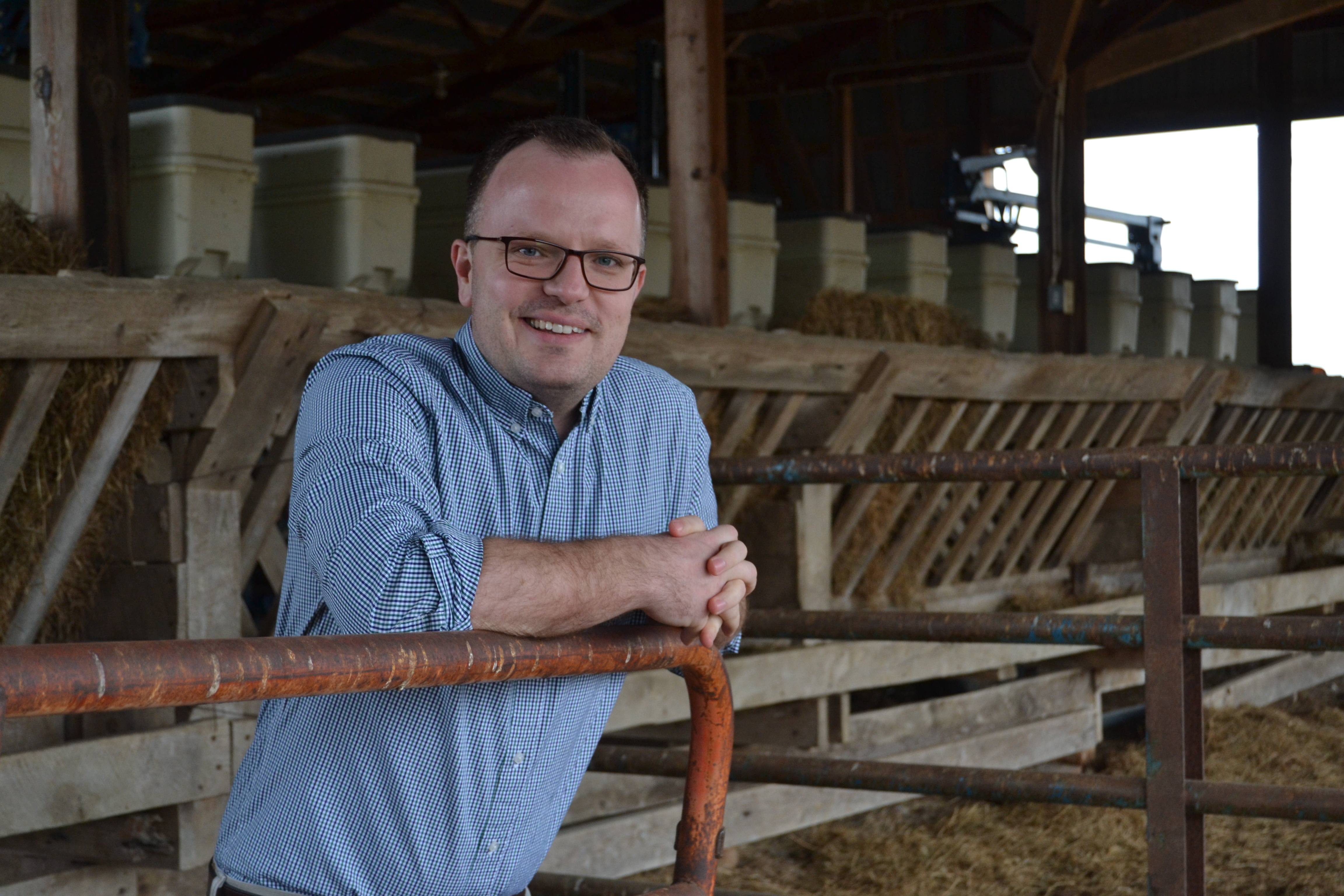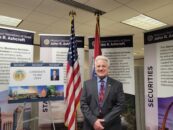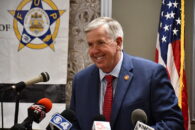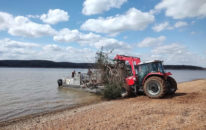Each year, the General Assembly will file hundreds upon hundreds of legislative bills, only a fraction of which will pass into law.
But each year, more and more of these bills are being pushed through by the efforts of people outside of the Capitol, forming legislative coalitions to drive issues forward on the House or Senate floor.
Perhaps one of the best examples of a coalition succeeding in their efforts was the large group opposing the cigarette tax, or Amendment 3 on the November ballot. It failed to pass, with 60 percent of voters casting a ‘no’ vote on the ballot.
Other legislative coalitions have helped bring light forward on several issues, whether it be the Missouri Coalition for the Environment’s work in holding the EPA accountable, or the Missouri Coalition Against Domestic and Sexual Violence’s efforts in fighting sex trafficking. The Missouri Voter Protection Coalition is working with the the Secretary of State’s office to educate people on the new Voter ID laws that are being implemented.
The definition of a legislative coalition is “an alliance of political groups formed to oppose a common foe or pursue a common goal;” and Missouri now sees literally hundreds of these groups forming, as they realize their potential as a unit.
As things continue to change in this new era of social media, so do the methods of how things function in the Capitol. It stands to reason that some of the strongest efforts to affect policy decision-making are being made outside of the Capitol, as more people can get involved thanks to technology.
But the changes could also be a result of other factors, such as lawmaker term limits. Aaron Baker of Axiom Strategies says that term limits may have given constituents a stronger voice.
“Things that are happening outside of the dome are adding up today much more than they ever have because of term limits. Legislators are looking more towards their district and what folks back at their district know or think about issues than perhaps traditional lobbyists because they haven’t been there long enough to maybe form a relationship with traditional lobbyists,” Baker said. “Perhaps in the era of social media, the wishes, desires and cares of constituents are actually much louder than they used to be.”
Baker says that another major factor in the equation is the media.
“Traditional media has less and less of an impact on the legislative process. Where we used to have several newspapers with several reporters that were on the Capitol beat or policy beat, that’s less than 10 now doing that kind of work,” he said.
Baker noted that Don Hinkle, who writes for Missouri Pathways, the Southern Baptist Convention’s newspaper, may have a much larger audience than most outlets, as it’s one of the largest newsprint publications in the state.
“It’s pretty wild when a newspaper for a church organization has a larger distribution than what traditional media has,” he said.
So, it has become more and more important for lobbyists to work with everyday Missourians on the issues they care about. By working with the associations or groups Missourians are involved in, they can discuss those issues and work from the bottom up to the legislators, building up a cause with a following already built to back the legislation.
The rise of grassroots movements could be described as a reaction to those deciding factors, or simply a change in how the public feels they can accomplish their goals to be heard as voters and citizens.
So how are these coalitions formed? Baker says that typically, they’ll find like-minded groups or individuals and ask them if they have an interest in getting involved.
“Firms like Axiom Strategies, who work in politics every day, have that network of folks that we’re used to working with on various campaigns,” he said. “So we know what issues matter to them, and those folks want to be involved. It’s not that hard to take an interest in an issue, particularly if it’s something you care about, and we match them up with issues that are important to them.”
More often than not, the people getting involved at the grassroots level are already involved in a political party’s infrastructure. That makes it easier to locate people who may be interested in working for or against whatever cause is being championed.
“You may have a project that you are supportive of, and talking to legislators about, whether it’s infrastructure, education reform, or something as small as what vendor the state uses for a specific service,” Baker said. “And it is beneficial to find constituents, particularly of committee members, that care about that issue. But they won’t care about it unless you go out and talk to them and present both sides of the issue and see if they would like to champion that cause.”
It doesn’t always have to be a large group. Sometimes, Baker says it can just be a few people.
“It doesn’t have to be a big, complicated thing, it’s just finding people that will be a champion for that cause who are willing to take the time to do so.”
Whether this will continue to develop as the years go by remains to be seen, but Baker believes that, as long as term limits exist, and the media continues to downsize their presence in the statehouse, the growing grassroots push by means of coalitions will continue. In this day and age, a bill can make it or break it before even entering the chambers. But as the saying goes, “A river cuts through rock, not because of its power, but because of its persistence.”
Benjamin Peters was a reporter for The Missouri Times and Missouri Times Magazine and also produced the #MoLeg Podcast. He joined The Missouri Times in 2016 after working as a sports editor and TV news producer in mid-Missouri. Benjamin is a graduate of Missouri State University in Springfield.











